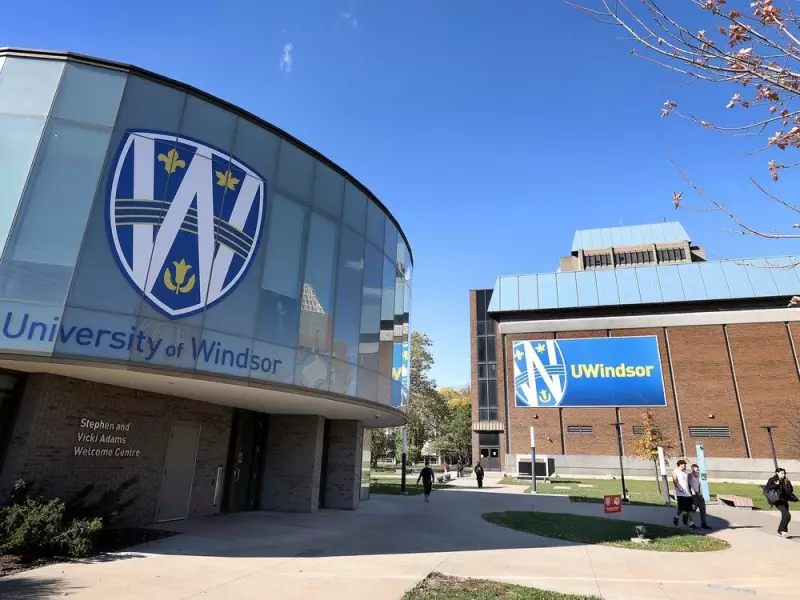
The University of Windsor finds itself at the center of a transparency controversy after demanding substantial fees for ransomware-related documents while simultaneously refusing to confirm their existence. This situation has raised serious questions about accountability and public access to information within academic institutions.
According to recent reports, the university quoted a staggering $3,780 fee for processing a freedom of information request concerning a December 2023 ransomware attack that compromised the institution's systems. The attack reportedly exposed sensitive personal information, including social insurance numbers and banking details of students, faculty, and staff.
The High Cost of Information Access
What makes this case particularly concerning is the university's contradictory position. While demanding nearly four thousand dollars for document access, officials have declined to verify whether the requested records actually exist. This creates a catch-22 situation where requesters must commit to significant payments without any assurance they'll receive relevant information.
The fee breakdown reveals extensive charges for search and preparation time, suggesting the university possesses substantial documentation related to the cyber incident. However, the refusal to confirm document existence before payment places the financial risk entirely on the information seeker.
Broader Implications for Institutional Transparency
This case highlights ongoing challenges in freedom of information processes within educational institutions. When public bodies can impose high fees while avoiding basic confirmations about document availability, it potentially undermines the entire purpose of transparency legislation.
The ransomware attack itself represented a significant security breach, potentially affecting thousands of individuals associated with the university. The subsequent handling of information requests about the incident raises additional concerns about how institutions manage crisis communications and public accountability.
As cybersecurity threats continue to target educational institutions, the balance between privacy concerns, security protocols, and public right-to-know becomes increasingly important. This case at the University of Windsor may set precedents for how similar situations are handled across Canadian academic institutions moving forward.





